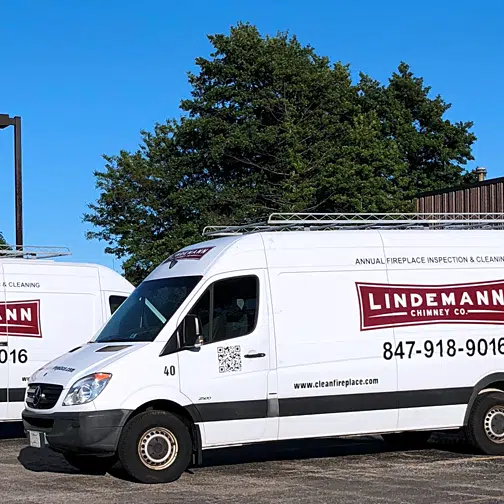Keep Your Chimney Protected
Chimney Cap Installation
For over half a century, Lindemann has been at the forefront of fireplace and masonry repair in the Chicagoland area. Schedule your chimney cap install today.
Schedule Appointment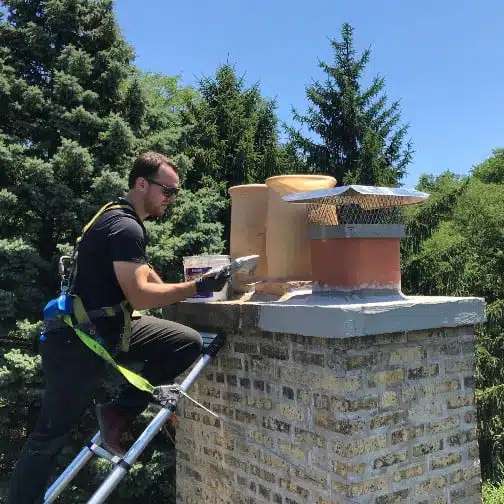
A Service Company You Can Trust
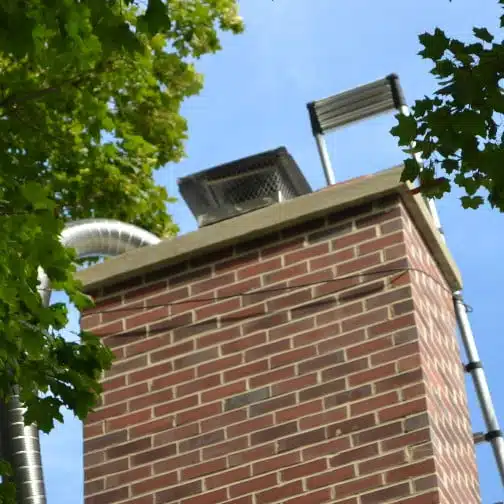
Why They Are Important
Benefits of Having a Chimney Cap
A chimney cap serves as a small but vital piece of equipment that can significantly influence the longevity and performance of your chimney. By protecting the interior of your chimney from various elements, it provides numerous benefits that range from enhancing safety to reducing maintenance costs.
Preventing Moisture Damage
One of the primary functions of a cap is to keep rain, snow, and other forms of moisture out of your chimney.
Blocking Animals and Debris
A chimney cap acts as a barrier against animals like birds and squirrels that may try to nest in the chimney.
Preventing Downdrafts
In windy conditions, a draft can send smoke and fumes from the chimney back into your home.
Preventing Escaping Sparks
Chimney caps prevent sparks or embers from your fire from escaping and potentially starting a fire.
Saving Energy
Caps can prevent warm air from escaping your home when the fireplace is not in use.
Enhancing Aesthetics
Beyond the practical benefits, a chimney cap can also enhance the look of your home.
Preventing Odor
A cap can limit the amount of moisture entering and thus help minimize unpleasant odors.
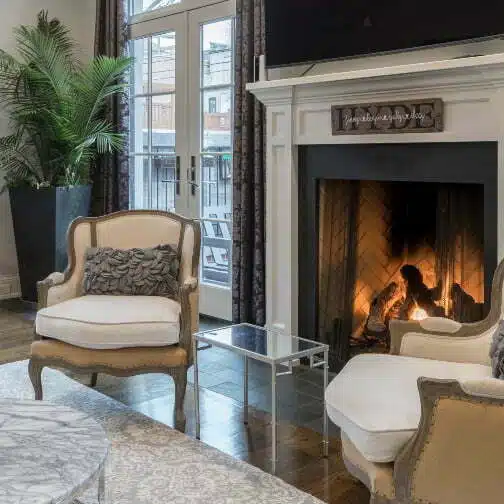
How Can I Keep My Chimney And Fireplace Bug-Free?
The best way to keep your chimney and fireplace bug-free is with a chimney cap or damper. You should also seal any cracks or gaps and clean your chimney regularly along with the hearth area. Additionally, maintaining your home's exterior and properly storing firewood will keep the bugs at bay.
Read Full Answer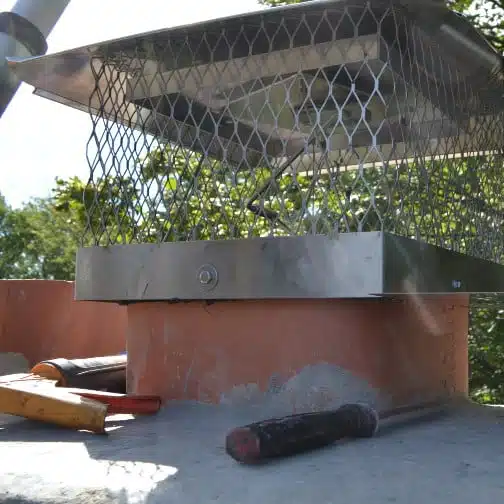
Choose Your Style
Types of Chimney Caps
Chimney caps are not only differentiated by their design, but also by the material they’re made from. Key materials include stainless steel, copper, and galvanized steel, each offering unique advantages and aesthetics.
Galvanized Steel
These caps are often more affordable than their stainless steel or copper counterparts.
Copper
Copper chimney caps bring a distinct, elegant appearance to your home’s exterior.
Stainless Steel
Known for their durability and resistance to rust, stainless steel caps are an excellent choice for long-term protection.
Cast Iron
Cast iron caps are incredibly durable and robust, with a unique aesthetic that can add an antique or rustic look to your home.
Aluminum
Aluminum caps are lightweight, resistant to rust, and a good choice for chimneys that need a lighter cap.
Our Process
Chimney Cap Installation Process
Installing or replacing a chimney cap ensures the safety and longevity of your chimney system. This process involves selecting the appropriate cap, preparing the chimney, and then securing the cap in place. Here is our step-by-step guide for installing a chimney cap.
- Measure the Chimney: The first step is to take accurate measurements of your chimney’s exterior or flue.
- Select the Right Cap: With your measurements in hand, select the appropriate cap.
- Prepare the Chimney: Before installing the new cap, ensure your chimney is clean and free of debris.
- Install the Cap: The method of installation will depend on the type of cap you have chosen.
- Check the Installation: Once the cap is installed, do a visual inspection to confirm it’s secure.
- Maintenance: After installation, regular maintenance are vital to keep the chimney cap in good condition.






